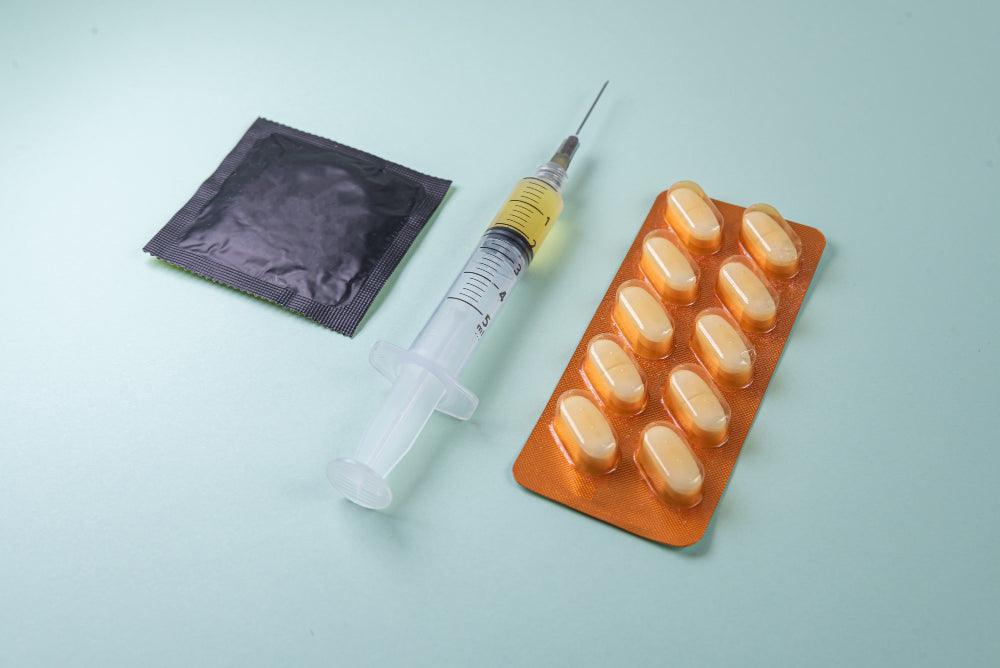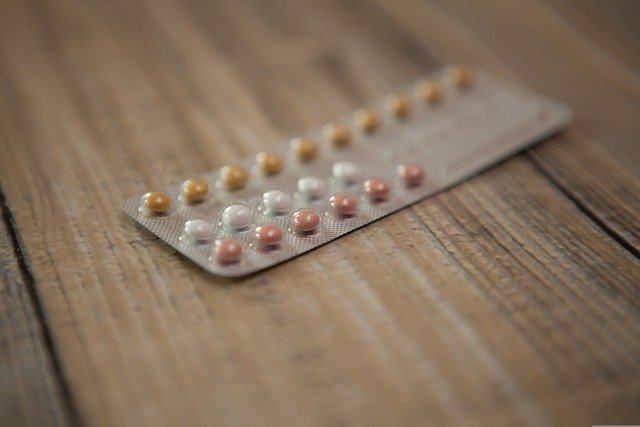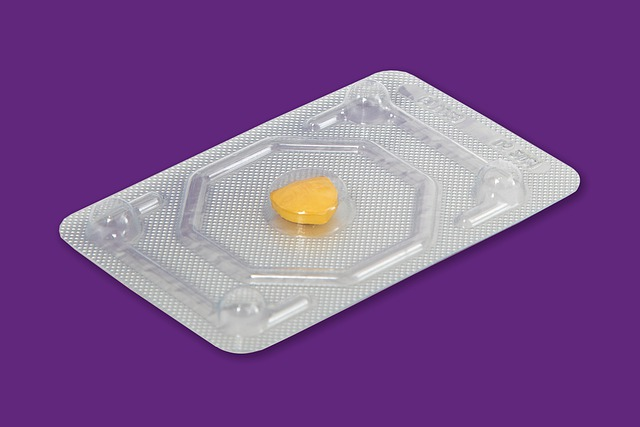What contraceptive is best for me?



Each contraceptive method has its own unique set of pros and cons, so it's important to choose the one that fits your lifestyle and health needs.
Whether you're looking for short-term or long-term birth control methods, there is sure to be a method that suits you. So, what's the best contraception for you? Keep reading to find out!
There are many choices available. Each method has its benefits and drawbacks, so it is important to understand the options before deciding which one you should take.
Here is an overview of the most common contraceptive methods.
The progestogen-only pill, also known as the mini pill, is a type of hormonal birth control that contains only the hormone progestogen. It is a synthetic form of the hormone progesterone, which is naturally produced by the ovaries.
The minipill works by thickening the cervical mucus, which makes it difficult for sperm to travel to the egg.
Progestogen also prevents the uterus from thickening, which makes it less likely that an egg will implant.
The minipill is more than 99% effective when taken as directed. It can be used by women of all ages and health levels, including those who cannot take oestrogen or have a history of blood clots. The mini pill is a safe and effective way to prevent pregnancy.
A vaginal ring is a small, flexible ring that is inserted into the vagina and used as contraception.
The ring works by slowly releasing hormones into the body, which prevent ovulation and thickens the cervical mucus, making it difficult for sperm to reach the egg. The Vaginal Ring is about 91% effective in preventing pregnancy.
The ring must be replaced every 3 weeks. Some common side effects of the vaginal ring include nausea, breast tenderness, and headache.
However, these side effects are usually mild and go away after a couple of weeks. The vaginal ring is a safe and effective method of contraception for most women.
Talk to your doctor if you have any questions or concerns about using the vaginal ring.

The morning-after pill is a type of emergency contraception. It's used to prevent pregnancy after unprotected sex. The morning-after pill is effective up to 5 days after unprotected sex.
However, it's most effective within the first 24 hours. There are two types of morning-after pills: progestin-only pills and combined pills.
Progestin-only pills contain levonorgestrel, which is a synthetic hormone that's similar to progesterone. Combined pills contain both levonorgestrel and Ethinyl oestradiol, which is a synthetic version of oestrogen.
How the morning-after pill works are still not fully understood. But it's thought to work by preventing or delaying ovulation.
This prevents the sperm from fertilizing the egg and the implantation of a fertilized egg in the uterus. As a result, the morning-after pill can help to prevent pregnancy after unprotected sex.

The contraceptive injection is a long-acting form of birth control that uses the hormone progestin to prevent pregnancy.
The injection is typically given once every three months, and it works by thickening the cervical mucus, which makes it difficult for sperm to reach the egg.
The injection can also prevent ovulation, and in some cases, it can thin the lining of the uterus, making it less hospitable for a fertilized egg.
While contraceptive injection is 94% effective at preventing pregnancy, it is important to note that it does not protect against STDs. For this reason, women who are sexually active should still use condoms or another form of barrier protection when having sex.
Intrauterine devices, or IUDs for short, are small, T-shaped devices inserted into the uterus to prevent pregnancy from occurring. IUDs are one of the most effective forms of birth control, with a failure rate of less than 1%. There are two types of IUDs: hormonal and copper.
Hormonal IUDs release a small amount of progestin, which thickens the cervical mucus and prevents sperm from reaching the egg.
Copper IUDs work by releasing small amounts of copper into the uterus, which acts as a spermicide. Depending on the type, IUDs can stay in place for 3-10 years.
IUDs are a safe and effective form of birth control for most women. The most common side effects are irregular bleeding and cramping. There is also a small risk of infection, but this typically occurs within the first few weeks after insertion. If you have any concerns about using an IUD, talk to your healthcare provider.
The diaphragm is a barrier method of contraception. It is a small dome-shaped cup made of silicone that is inserted into the vagina and covers the cervix. The diaphragm works by blocking sperm from entering the uterus through the cervix. It is usually used with a spermicide to increase its effectiveness.
The diaphragm must be inserted into the vagina before intercourse and must be left in place for 6-8 hours after intercourse. It can then be removed and washed for reuse.
The diaphragm is 88% effective when used correctly, but it has some associated risks. These include urinary tract infections, toxic shock syndrome, and an increased risk of HIV transmission.

An internal condom, also known as a vaginal condom, is a latex or polyurethane barrier contraceptive that is inserted into the vagina before intercourse. The internal condom has a ring at each end. The inner ring is used to insert the condom into the vagina and holds it in place during intercourse.
The outer ring remains outside of the vagina. During intercourse, the penis enters the condom through the outer ring.
The internal condom works by creating a barrier between the sperm and the egg, preventing fertilization from occurring. Internal condoms are about 79% effective in preventing pregnancy when used correctly.
They are also effective in protecting against sexually transmitted infections (STIs). When used correctly, internal condoms are a safe and effective method of contraception and STI prevention.
Deciding which is best for you can be a difficult task. However, there are a few things you can keep in mind to help make the decision easier.
First, consider your age and health status. Some types of contraception may not be suitable for young women or those with certain medical conditions.
Next, think about your lifestyle and whether you want a long-acting or short-acting method. If you are sexually active, you will also need to consider whether you want a method that protects against STDs and pregnancy.
Finally, talk to your doctor or healthcare provider for their professional opinion. They will be able to advise you on the best type of contraception for your individual needs.
At Welzo, we offer several kinds of birth control pills. To see our range of progesterone-only and combined pills, read through our contraception information page here.










Plus get the inside scoop on our latest content and updates in our monthly newsletter.